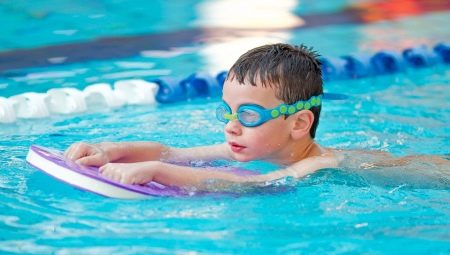A visit to the pool is an affordable active leisure that will bring a lot of pleasant experiences to both children and adults. If you are planning to have fun and usefully spend time with your child, or by writing him to the swimming section, you must prepare a bag in advance with the appropriate attributes and personal hygiene items.
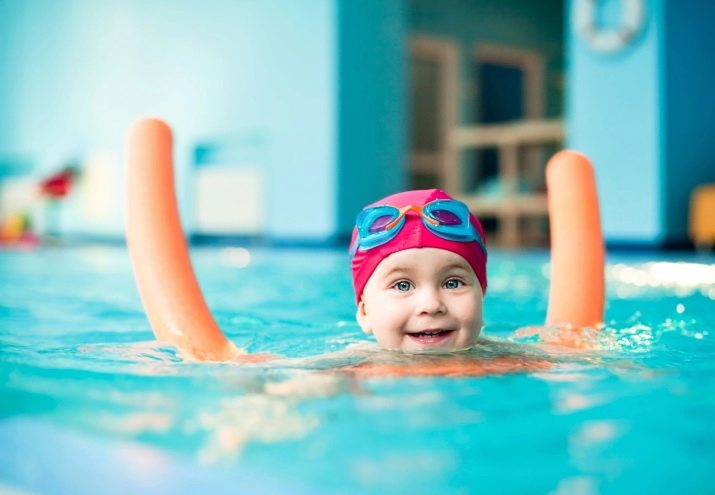
Necessary things
For pool trips sports bag. It will facilitate the process of collecting things that are much easier to arrange and find in it faster than in the package. It will be useful to make a list of necessary accessories, which can be stored in the pocket of your bag.
It can be especially useful in situations where the child will not be accompanied by parents, but by one of the relatives (grandmother, grandfather, older brother or sister, aunt).
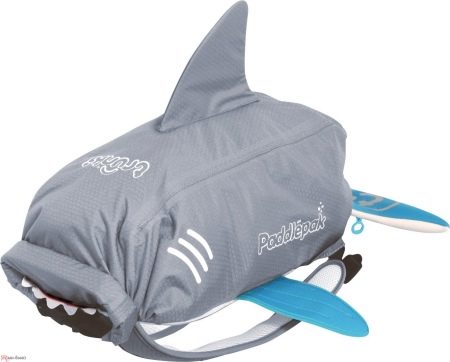
Now look at the list of necessary things.
- Swimming trunks for a boy or swimsuit for a girl. They should be dense texture, comfortable to put on and fit in size. For boys, it is preferable to buy boxer-style swimming trunks, and for girls it is better to purchase solid models or separate ones on the straps (without ties).
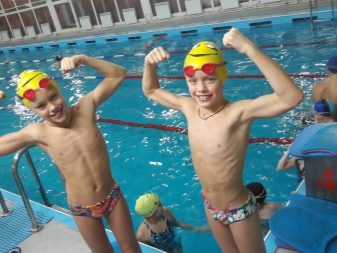
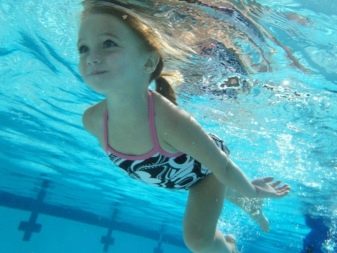
- Swimming cap. Designed to protect hair from chlorinated water. The child should be comfortable in it, without a feeling of squeezing. Breasts and babies will be more comfortable in fabric hats. Older children who regularly engage in swimming sections are advised to purchase combination caps, the inner layer of which is made on a fabric basis, and the upper is made of silicone, which protects the hair from getting wet.
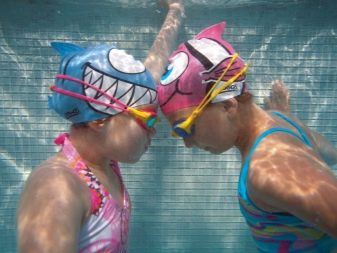
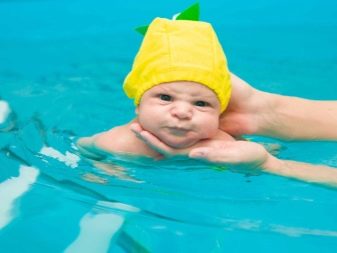
- Baby detergent and washcloth. According to the rules of visiting the pool, it is necessary to carry out the washing procedure twice: before and after bathing.Usually showers are equipped with containers with liquid soap, but in order to avoid allergies in children, it is better to grab your hypoallergenic agent.
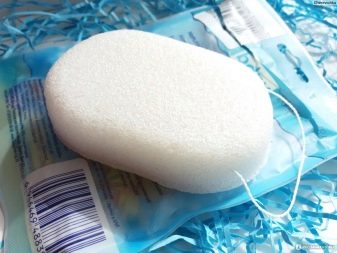

- Towel. The optimal size of a towel for a child is 40x70 cm. For babies, it is advisable to take two towels. One is needed for wrapping, warming and absorbing moisture after bathing, the second - as a litter on a changing table or couch for comfortable dressing of the baby.
For young children, it is advisable to purchase a terry towel with a hood. It is very convenient to wrap the crumb after bathing.
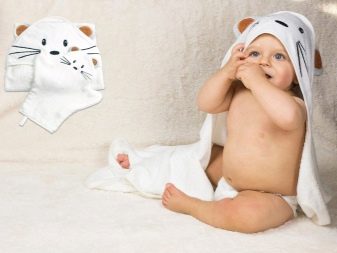
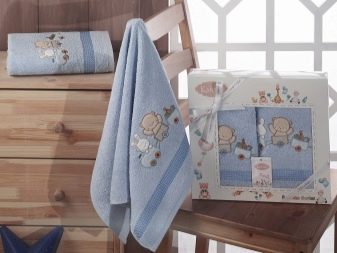
- Rubber slippers or crocuses. They are necessary when moving from the locker room to the shower and bathing area. Be sure to choose shoes according to the size of the child so that he does not accidentally slip and fall on a wet tile. For children under 7 years old, it is advisable to choose models with a back stop and a closed toe.
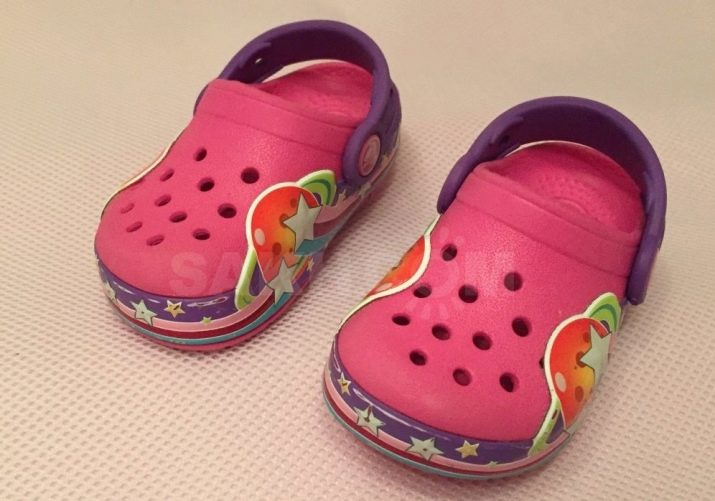
- Change clothes. After swimming and taking a shower, you need to change into clean, dry clothes. If a child visits the pool in the form of group classes (without adults), you need to teach him to carefully put his spare clothes in an individual bag. And after classes you need to equally neatly put wet bathing accessories into it.
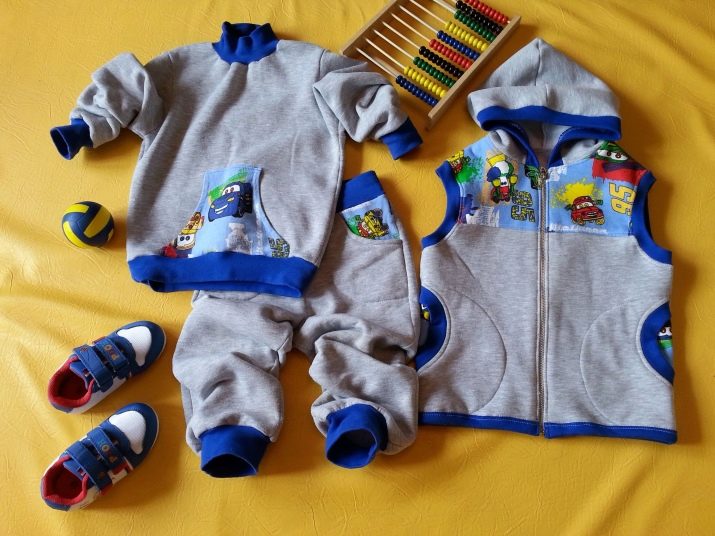
- Special diaper for swimming (for children under 3 years old). It is necessary when bathing babies in public to avoid unpleasant surprises. The absorbent layer absorbs the discharge, and the upper waterproof - protects from moisture. There are two types of swimming diapers on sale: for disposable and reusable use. With frequent visits to the pool, it is better to purchase reusable diapers.
In many pools, the sale of related products is organized, where you can buy this attribute, but it is better to call in advance and clarify the availability.
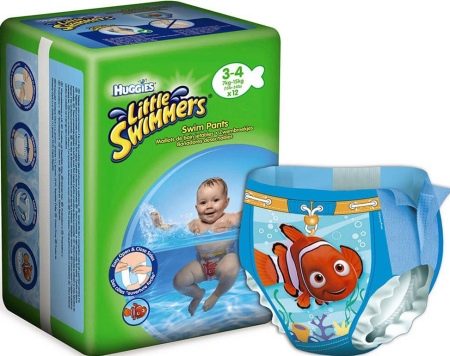
- Bags for shoes. Many institutions carefully monitor the cleanliness of the room, so they require visitors to put street shoes in a locker for storage in a bag.
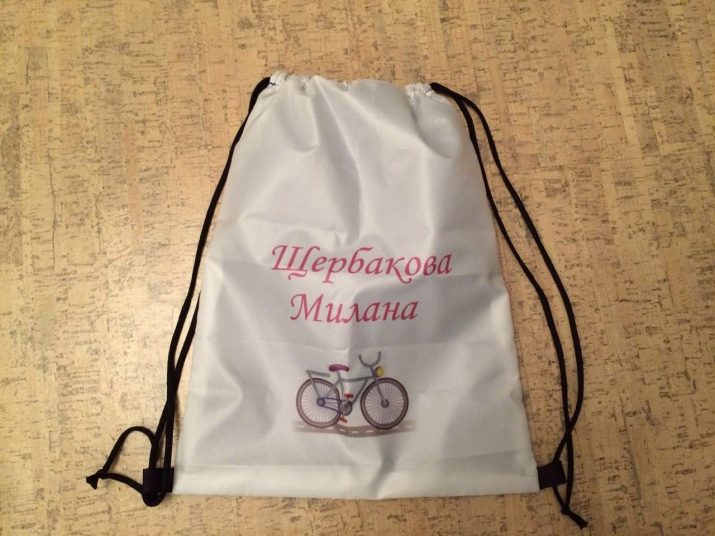
- Bathrobe. It is not a mandatory attribute, but its presence does not allow the child to freeze when moving from the shower to the locker room and greatly facilitates dressing (especially for girls).
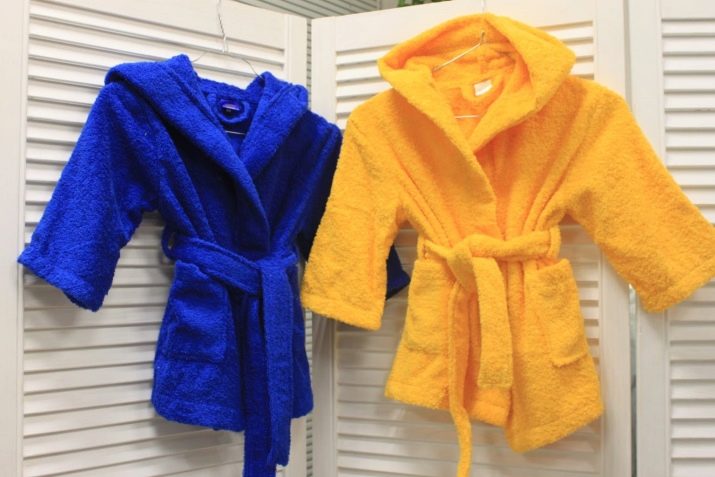
- Drinking water. Often, swimming in the pool alternates with warming in the sauna, and after exercise the child may feel thirsty, which he wants to satisfy. During intensive training, when the child has already learned to swim well and the young athlete’s high-speed skills are being developed, coaches recommend drinking a small amount of water during breaks to prevent premature fatigue and increase the level of energy necessary for further swimming.
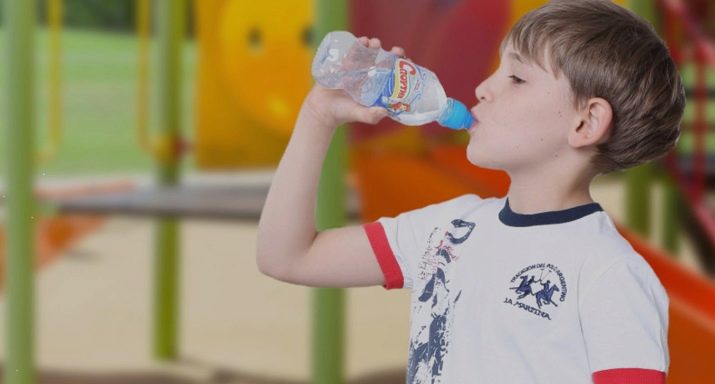
Optional accessories
In addition to the above items, a visit to the pool will facilitate the availability of the following accessories.
Goggles
It will be needed with frequent visits to the pool and classes in the section. They will protect your eyes from moisture when diving. To prevent the child from experiencing discomfort during swimming, the frame and straps should be made of soft material. Fasteners must be chosen durable and with the ability to adjust the volume of the head. It is important to pay attention to the lenses: all high-quality models are processed by the composition of Antifog, which prevents them from fogging.
But it is worth remembering that this special coating keeps on the glasses for only a few months, and after this period its properties are lost.
If the child complains about the occurrence of fogging, it is recommended to purchase the Antifog composition for water glasses in the form of a spray. You can buy it in sporting goods stores in the departments for swimming and tourism.
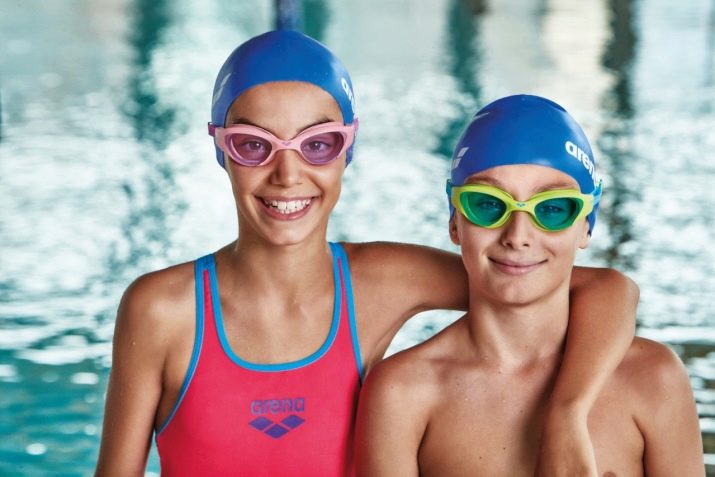
Circle or vest
For a family visit, the purpose of which is to spend leisure time, rather than learning to swim, these items are sure to come in handy for a comfortable pastime. For babies 2-3 years old, a circle with a diameter of not more than 50 cm is suitable, for children 3-6 years old - from 51 to 60 cm, older than 6 years old - more than 60 cm.An inflatable vest can be used from the age of 3 and you need to pick it up according to the size of the child, focusing on trying on the opening for the hands.
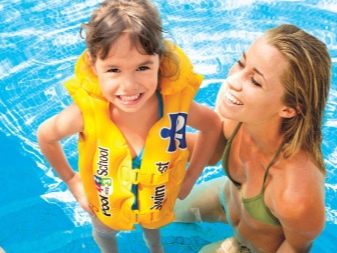
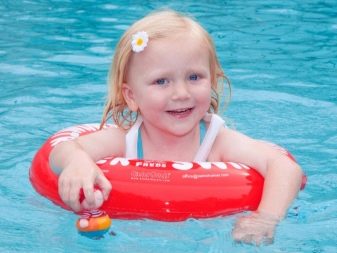
Circle around the neck
Designed for babies from 3 months of age. It will protect the head of the crumbs from immersion in water and help to get comfortable in the pool.
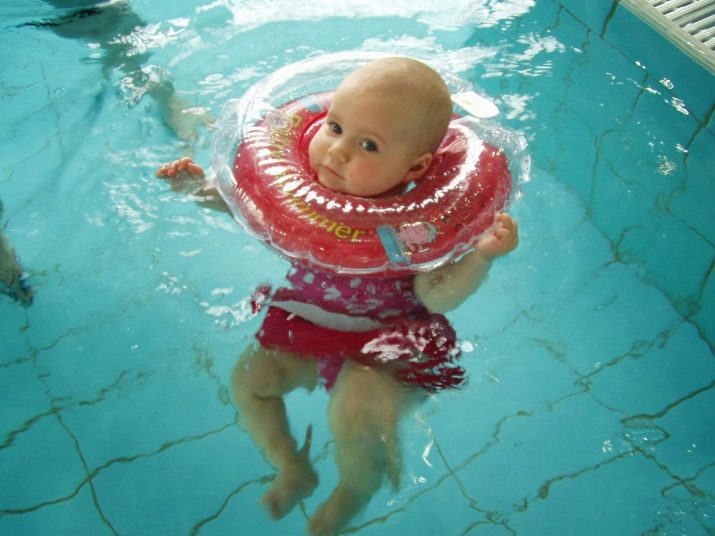
Sleeves
They facilitate the training of swimming techniques and guarantee the child a sense of security. If the child is not afraid to be in the water without a rubber ring or vest, they can be used from 3 years. Wristbands can also be taken for group classes, usually trainers welcome the availability of this accessory in the first lessons.

What documents are needed?
The need for the availability of necessary documents and certificates must be specified directly in the institution that you plan to visit.
The range of services provided by sports complexes, which include a swimming pool, is very wide: you can attend a one-time visit with the whole family or purchase a subscription for several visits, you can choose individual or group classes with a trainer. Classes in the “Mom and Baby” groups are very popular, where swimming instruction is possible from the second month of the baby’s life. Group lessons with children usually begin at 5 years old.
During the hours allotted for free visits by visitors, and if the child is accompanied by the parent, no documents may be required other than filling out the standard form to familiarize yourself with the rules of staying in the pool. Some wellness centers set different prices for a single visit and purchase a subscription, and also provide discounts depending on the age of the child. But at the time of purchase, they require the birth certificate of the child or the passport of the parent in which the child is entered.
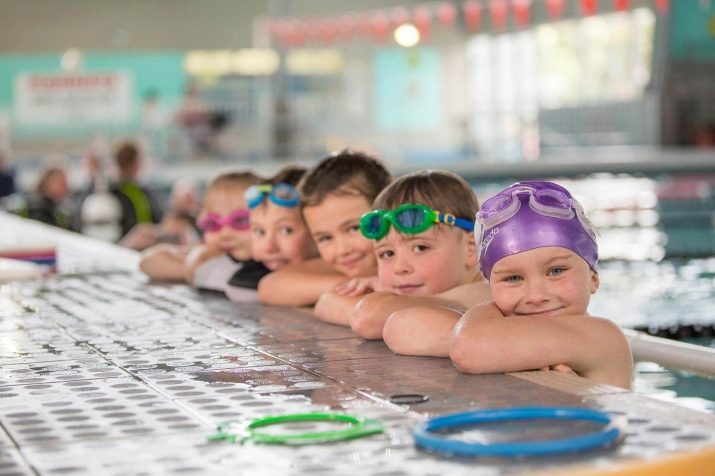
To train a child in the swimming section, the trainer may ask you to issue an insurance certificate for the child and provide a copy of it. Insurance organizations provide different types of insurance for children. If the child is engaged in several sports sections, then it is more advisable to take out sports insurance. You must provide a certificate from the pediatrician, allowing the child to attend swimming classes. Many institutions also ask for helminth test results.
In the absence of medical contraindications, observance of sanitary and hygienic requirements and rules of behavior in the pool, water procedures will have a positive effect on the development of physical endurance and strengthening the immunity of the child, and mastering the technique of swimming will give him great joy.

A list of things in the pool for the child is given in the following video.
